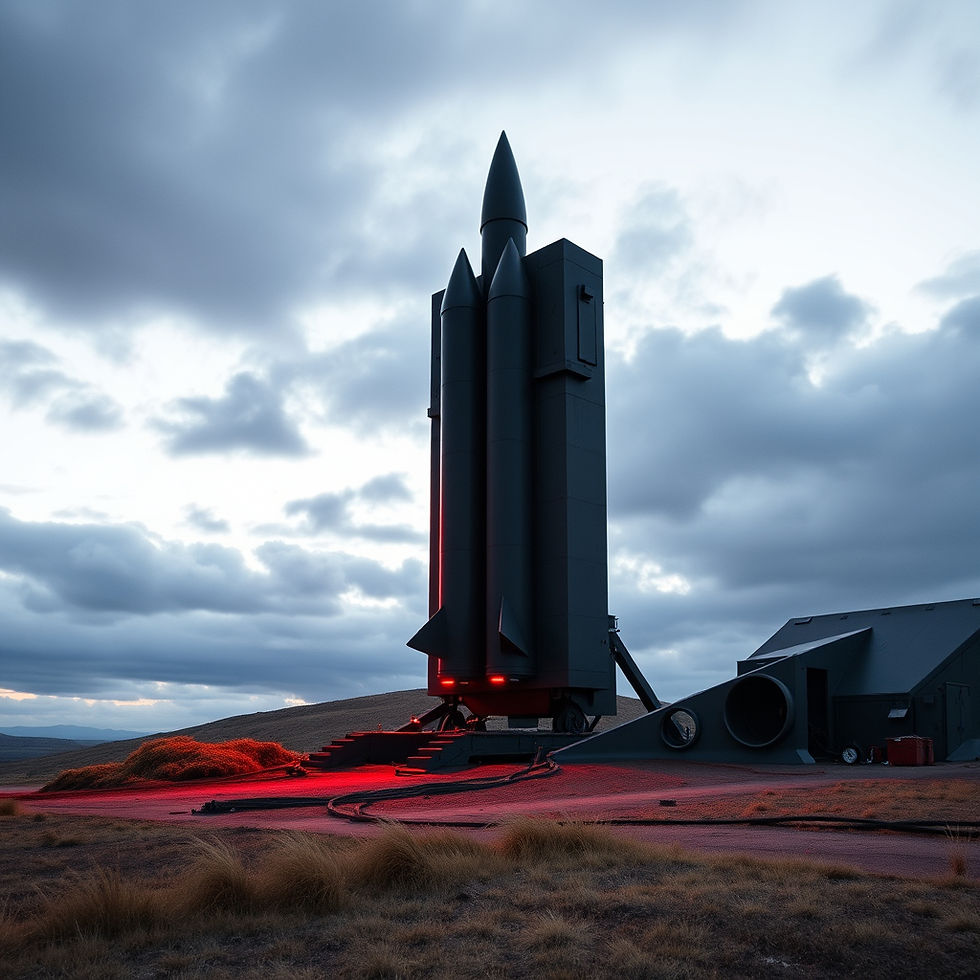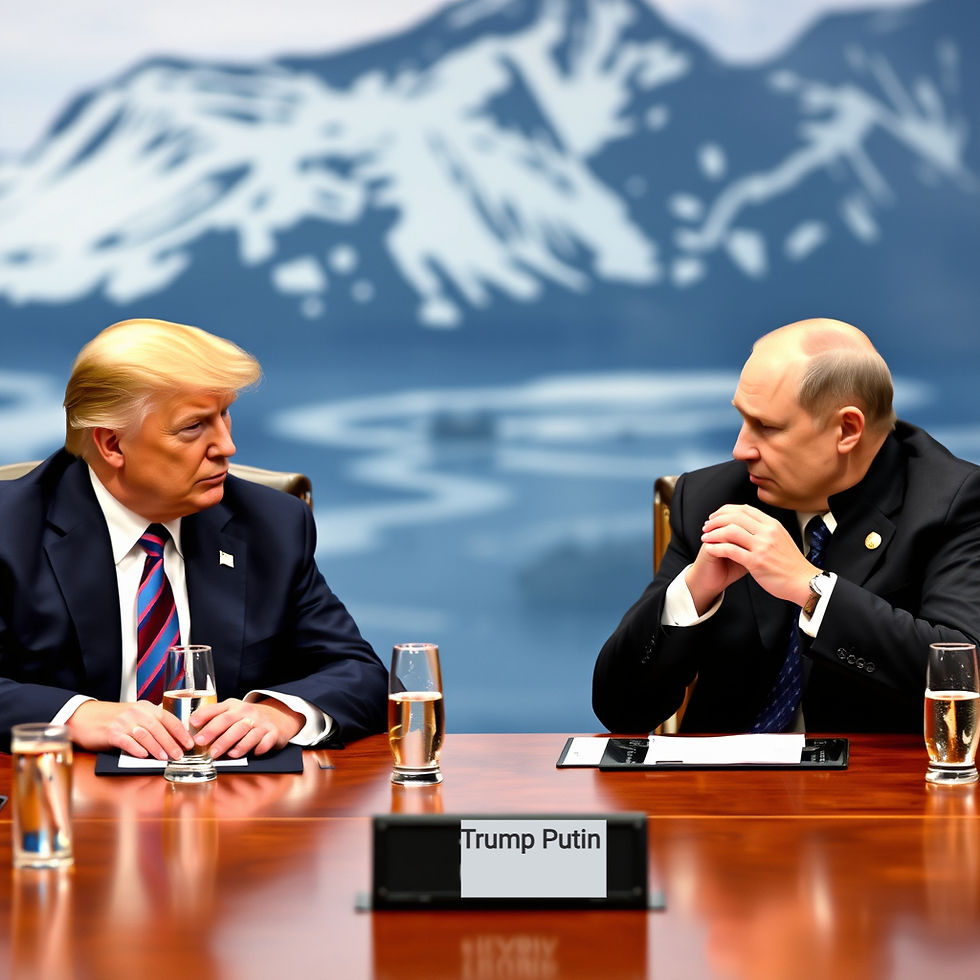2025 - Global Propensity for Wars – Causatory Factors and Perilous Course
- rkbhonsle
- Jul 3
- 4 min read

Absolutist aims are leading to absolutist solutions with war as a tool to achieve the unachievable against rivals ignoring well worn lessons from the history of warfare even as modern information tools are providing the aggressors the logic and even moral ground for use of force against innocents.
The year 2025 may well be defined as a year of wars with states and non-states actors seeking solution in conflict to their short- and long-term challenges with traditional rivals. The trend started in 2022 when Russia invaded Ukraine which continues to be called as a Special Military Operation, an apogee appears to have been reached in 2025. Global and regional rivalries are contributing to wars where nations seek total subjugation of the opposition.
However, the history of warfare shows that such an aim can never be achieved without a total war as the Second World War 1939-45. The mass casualties of that era defined the ultimate futility of wars including the use of an atomic bomb by the United States in Japan. While a global war did not emerge for over seven and a half decades, there were multiple regional conflicts involving India, Pakistan, Israel and the Arabs, the Korea’s, Vietnam amongst others.
These involved global powers be it the United States, China and Russia in Korea, United States in Vietnam and later in Afghanistan apart from the invasion of Iraq in 2003, Russia in Afghanistan and so on. The impact of these was localised to the regional security complex be it South Asia, North East Asia, South East Asia or the Middle East. Global powers were proxy actors against their main rivals of the given era be it Russia and China in Vietnam or the US in Afghanistan during the Soviet Occupation.
Today a similar pattern is evident with Ukraine supported by Europe [and the US] at war with Russia. Russian statecraft is able to garner support from geopolitical partners as China and supportive economic and energy cooperation as India amongst others. This is resulting in direct and indirect sustenance implying that the war can be sustained indefinitely until one or the other side or both are exhausted.
Importantly the intensity of the Ukraine war is resembling that of the First World War with a million casualties claimed in Russia alone. Yet there is no light seen at the end of the tunnel so to say even as US President Donald Trump’s vowed to end the war in 24 hours on taking over the Presidency now seemingly seen as an hollow vaunt.
Another war with heavy casualties has been waged by Israel against the Palestinian group the Hamas which has seen deaths in thousands many of them innocent civilians caught in the vestiges of two sides unmindful of the fate of the unarmed. In fact, the defenceless have become the targets of defence or attack whichever side one is on and laws of war including the Geneva Convention have been completely violated.
Israel and Iran air and missile skirmishes were spread in spurts over several months but came to a head in May this year as United States joined to target Iran’s nuclear plants to neutralize potential enrichment capability for producing nuclear weapons. The war was preceded by multiple operations by Israel targeting Iranian proxies such as the Hezbollah and the downfall of long-standing Syrian leader Bashar al-Assad. There is increasing uncertainty over whether the war objective of destroying Iran’s nuclear enrichment potential has been achieved, what is clear however is that Iranian nationalism may see another nuclear power in the global order unless a viable negotiated process for peaceful nuclear use by Iran emerges. While a cease fire is holding for now, traditional enmities including fears of an existential threat by Israel means that there is unlikely to be a closure in the near term.
The war in Ukraine and Iran/Israel also clearly underlines the limitations of nuclear armed states with conventional superiority imposing their will on a resilient adversary with vast reservoirs of nationalist fervour and willingness to sustain casualties.
Relatively the India Pakistan war in May 2025 could be termed as a short and intense four day skirmish with casualties limited on both sides and a quick cease fire still holding on. The reasons are not far to seek with both nuclear armed and lacking the military and economic staying power to sustain a long war.
Indeed, the many smaller conflicts internal in nature from Sudan to Myanmar cannot be viewed as aberrations against this backdrop as rival elites seek to gain control of their nation’s polity and economy even though the fighting has resulted in penury and ruin.
Overall, the trend appears to be to seek military solutions to traditional rivalries with breakdown of the United Nations system and unwillingness of major powers to engage with rivals to resolve major concerns. Going ahead nations are militarising out of future security concerns with even the otherwise soft power focused Europe facing the heat to hike the defence budget to 5 %.
We may thus be entering dangerous decades where war could be increasingly employed as politics by other means as Clausewitzian Trinity may achieve salience over Sun Tzu’s winning without fighting.




Keep warm and stylish with this Rip Wheeler Vest. Rugged fashion from Rip Wheeler Outfit.
Wear the hype with the standout Awaknd Land Jacket 8 Ball. Tap into street legend at Stussy Jacket.